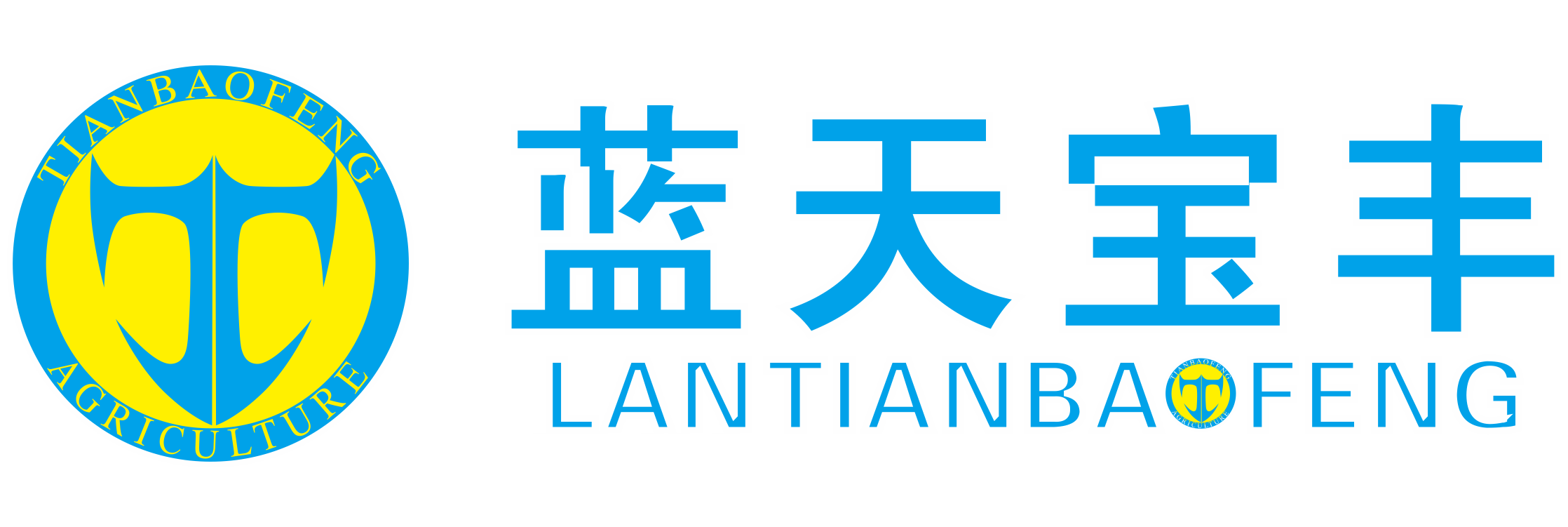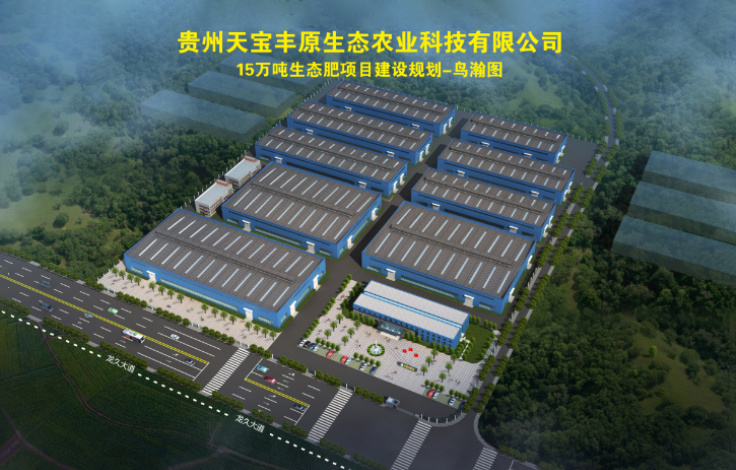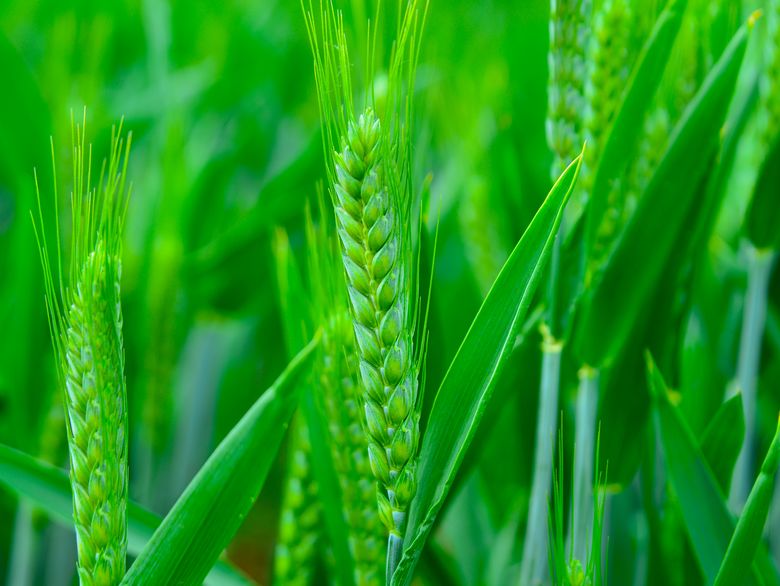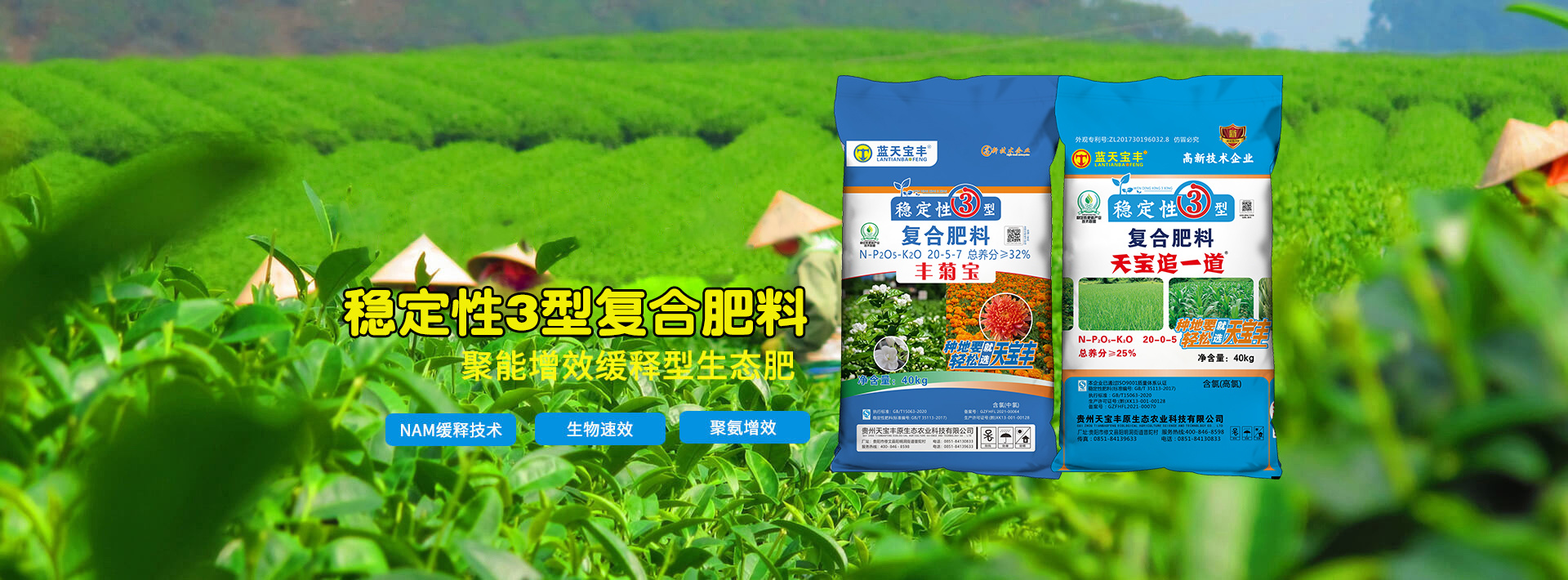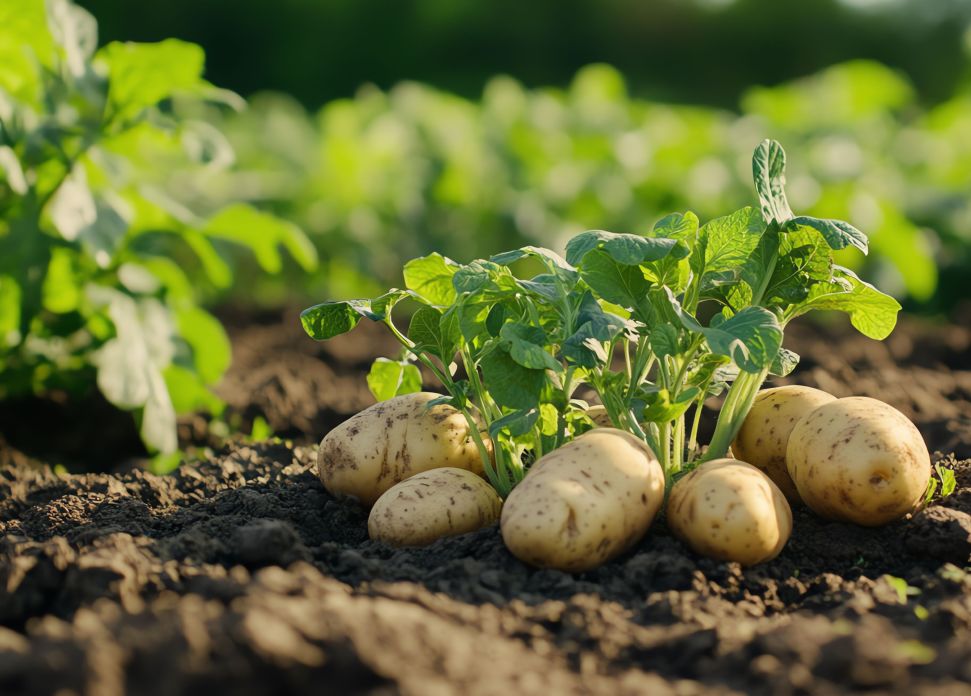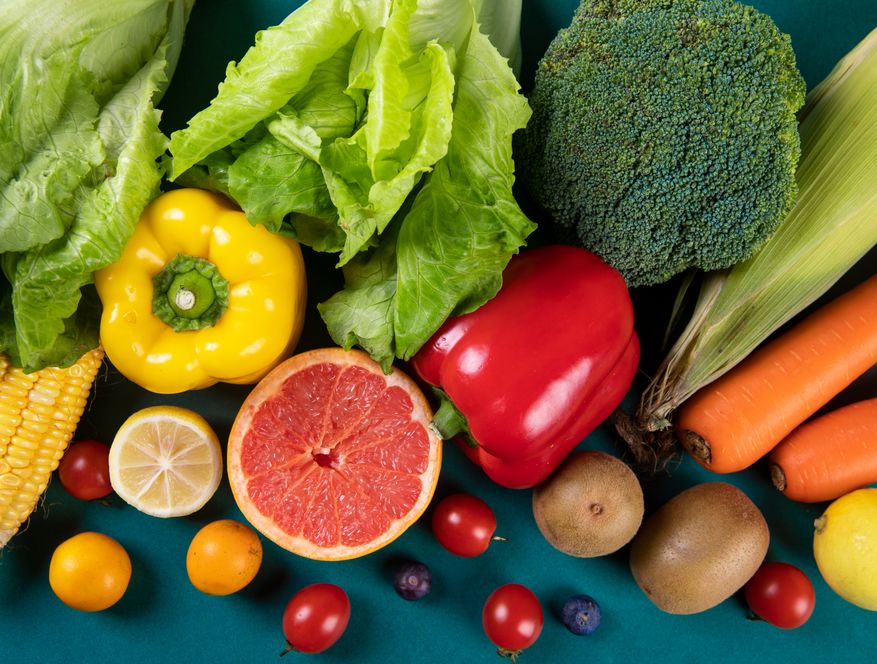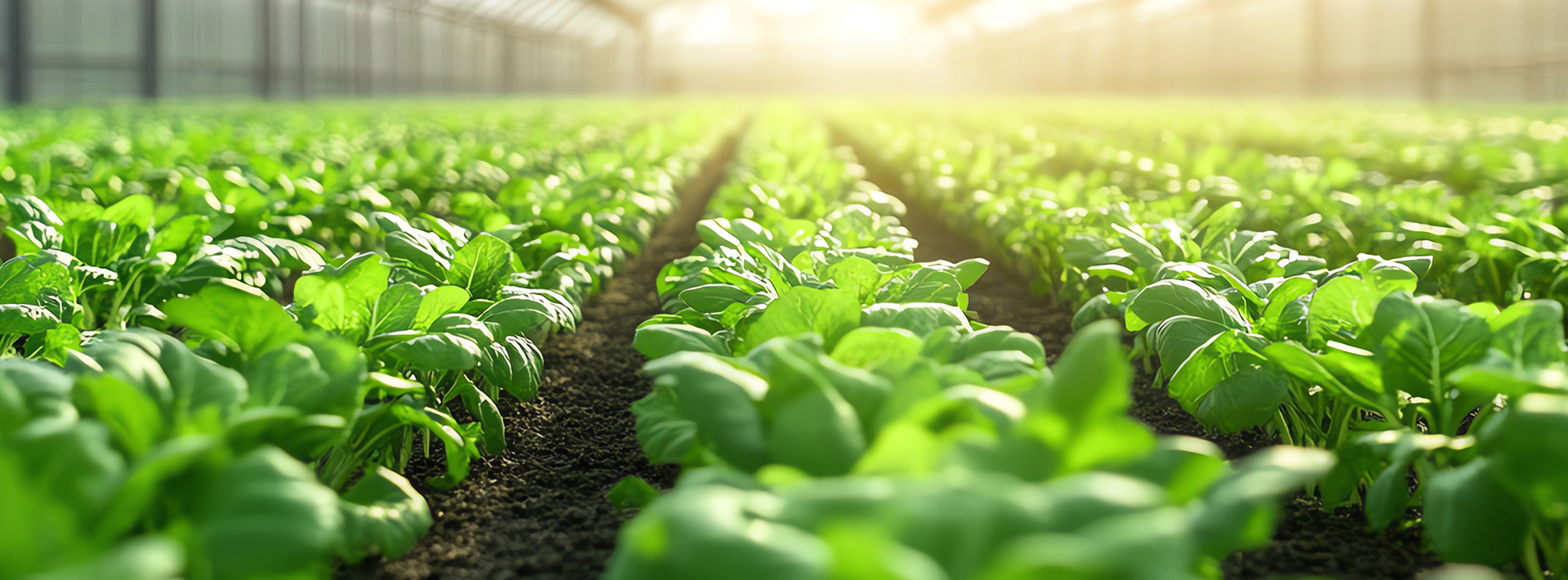Spring 2016 Nitrogen Fertilizer Market Outlook Conference Held in Xiamen
所属分类:
Release time:2020-10-23
Source:
Author:
On March 1, 2016, the "2016 Spring Nitrogen Fertilizer Market Analysis Conference" was held in Xiamen, Fujian Province. The conference was hosted by the China Nitrogen Fertilizer Industry Association and supported by Qinhuangdao Wuxian Weiai Technology Development Co., Ltd. and Qingdao Hailiyuan Biotechnology Co., Ltd. Approximately 300 people attended the meeting, including leaders and experts from government departments, research institutions, and universities such as the Ministry of Industry and Information Technology, the Chinese Academy of Agricultural Sciences, and Zhengzhou University, as well as representatives from nitrogen fertilizer production and distribution companies across the country. Gu Zongqin, President of the China Nitrogen Fertilizer Industry Association, delivered a speech entitled "Seizing Opportunities, Taking the Initiative, and Striving to Create a New Situation for China's Nitrogen Fertilizer Market Work".
On March 1, 2016, the "2016 Spring Nitrogen Fertilizer Market Situation Analysis Meeting" was held in Xiamen, Fujian Province. The meeting was hosted by the China Nitrogen Fertilizer Industry Association and supported by Qinhuangdao Wuxian Weiai Technology Development Co., Ltd. and Qingdao Hailiyuan Biotechnology Co., Ltd. Approximately 300 leaders and experts from government departments, research institutions, and universities such as the Ministry of Industry and Information Technology, the Chinese Academy of Agricultural Sciences, and Zhengzhou University, as well as representatives from nitrogen fertilizer production and distribution companies nationwide, attended the meeting.
Gu Zongqin, chairman of the China Nitrogen Fertilizer Industry Association, delivered a keynote report titled "Seizing Opportunities, Taking the Initiative, and Striving to Create a New Situation for China's Nitrogen Fertilizer Market." Gu Zongqin pointed out that summarizing the economic operation of the national nitrogen fertilizer industry in 2015, there are several main characteristics: First, the nitrogen fertilizer industry suffered serious losses. According to data from the National Bureau of Statistics, the main business income of the nitrogen fertilizer industry in 2015 was 253.29 billion yuan, a year-on-year decrease of 3.6%; after offsetting profits and losses, the industry lost 3.13 billion yuan. Among the 307 large-scale nitrogen fertilizer enterprises, 129 were loss-making, with an industry loss rate of 42%.
Second, nitrogen fertilizer production showed steady growth. According to statistics from the China Nitrogen Fertilizer Industry Association, in 2015, a total of 66.46 million tons of synthetic ammonia were produced domestically, a year-on-year increase of 9.8%; 47.14 million tons of nitrogen fertilizer (pure) were produced, a year-on-year increase of 3.5%; and 71 million tons of urea (physical, the same below) were produced, a year-on-year increase of 7.7%.
Third, export volume increased while prices fell. In terms of export volume, a total of 9.963 million tons of nitrogen fertilizer (pure) were exported in 2015, an increase of 12.5%. Among them, 13.75 million tons of urea were exported, an increase of 1.0%, setting a historical high; 5.284 million tons of ammonium sulfate were exported, an increase of 27.1%; and 0.977 million tons of ammonium chloride were exported, an increase of 74.1%. In terms of export prices, although the quantity increased year-on-year, the export unit price was lower than in 2014. According to customs statistics, the average export price of urea in 2015 was US\$286 per ton, a year-on-year decrease of 3%, and other types of nitrogen fertilizers also decreased to varying degrees.
Fourth, the pace of "de-capacity" accelerated. In 2015, affected by the cancellation of preferential policies and sluggish market conditions, the number of closed and withdrawn enterprises gradually increased, and the "de-capacity" process accelerated. According to incomplete statistics, 86 nitrogen fertilizer production enterprises withdrew in 2015, with a total synthetic ammonia production capacity of 5.8 million tons, urea production capacity of 3.94 million tons, and ammonium carbamate production capacity of 16.7 million tons. A batch of enterprises also had low operating rates, only 20-50%, suffering serious losses, and are estimated to be gradually withdrawn from the market.
Gu Zongqin pointed out that the difficult operation of the nitrogen fertilizer industry in 2015 was the result of the accumulation of problems in the nitrogen fertilizer industry over a long period. The main reasons for this situation include the prominent contradiction of overcapacity, the product structure failing to meet the new changes in the agricultural market demand, the weak marketing and service capabilities of nitrogen fertilizer enterprises, and insufficient international market development capabilities. Gu Zongqin specifically pointed out that in recent years, China's nitrogen fertilizer exports have accounted for 30% of international market trade volume, but currently, most domestic urea production and distribution enterprises still do not pay enough attention to exports, only treating it as a supplement to domestic sales. Currently, most urea production enterprises do not have specialized international trade personnel, and most distribution enterprises only sell goods to international intermediaries, with few enterprises directly developing overseas end customers. Moreover, nitrogen fertilizer enterprises undercut each other, resulting in China, although being the largest exporter, having weak international market influence and often being led by foreign traders, allowing foreign traders to profit from it.
In the analysis of the new situation of nitrogen fertilizer production and sales in 2016, Gu Zongqin pointed out that this year is the opening year of the "13th Five-Year Plan," and the "supply-side" reform is gradually deepening. The nitrogen fertilizer market demand and market environment are also undergoing profound changes. Currently, the nitrogen fertilizer industry is facing many challenges, such as the low international crude oil price, the gradual commissioning of new nitrogen fertilizer production capacity abroad, the imminent cancellation of preferential policies, a significant increase in industry operating costs, and a slowdown in the growth rate of demand for agricultural fertilizers.
Gu Zongqin said that in April this year, preferential electricity prices for small and medium-sized fertilizer enterprises will be completely cancelled, and electricity prices will be increased by an average of 0.10 yuan/kWh, resulting in an increase of about 95 yuan in the cost of urea per ton for enterprises using smokeless coal as raw materials, and an increase of about 75 yuan or more for enterprises using natural gas as raw materials. The affected synthetic ammonia and urea production capacities are 40 million tons and 39 million tons, respectively. Recently, the state is studying policies for market-oriented reform of natural gas prices, and natural gas prices are expected to rise further. The significant increase in the operating costs of nitrogen fertilizer production, if it cannot be transferred downstream, will put the production and operation of a considerable number of enterprises in a difficult situation. On the other hand, the increase in nitrogen fertilizer production costs will further reduce the competitiveness of China's products in the international market, making exports even more difficult.
Gu Zongqin also believes that while the industry faces severe challenges, there are also many positive factors and favorable conditions, and the industry is facing new opportunities and new space. First, agricultural modernization reform brings new opportunities; second, the supply-side reform of the nitrogen fertilizer industry will accelerate the industry's "de-capacity"; third, industrial demand continues to grow; fourth, the popularization of the Internet provides convenient conditions for upgrading marketing services; and fifth, current social inventories are at a relatively low level. Gu Zongqin pointed out that recently, the state is organizing various industries to formulate a three-year action plan for supply-side reform and formulate a series of "de-capacity" policies and measures. Measures such as the withdrawal of "zombie" production capacity and the closure of urban chemical enterprises are conducive to resolving the contradiction of overcapacity. It is estimated that 3.4 million tons of synthetic ammonia production capacity and 3 million tons of urea production capacity will be shut down in 2016. During the "13th Five-Year Plan" period, it is expected that 13 million tons of urea production capacity will be shut down.
Gu Zongqin said that since the fourth quarter of last year, affected by the sharp decline in nitrogen fertilizer prices, the enthusiasm for winter storage of fertilizers in the circulation link has been severely frustrated. According to statistics from the All-China Federation of Supply and Marketing Cooperatives, the inventory of nitrogen fertilizers in the supply and marketing cooperative system decreased by 5.14 million tons year-on-year, a decrease of 35%, and the inventory of compound fertilizers decreased by 2.55 million tons, a decrease of 28%. The decline in the circulation enterprises outside the system may be even greater. The currently low social inventory leaves a suspense for the supply of the spring ploughing market this year, and may bring some market opportunities. The overall judgment on the national nitrogen fertilizer market in 2016 is that the pressure of overcapacity will be alleviated, agricultural demand will be stable, industrial demand will increase, the spring nitrogen fertilizer market is expected to recover, the market can meet demand; market prices will rise, but the increase will not be large, and market competition will remain fierce. According to statistics from the Nitrogen Fertilizer Association, from the analysis of the current national nitrogen fertilizer market resource volume, it is basically the same as the resource volume in the same period last year. Therefore, in the spring market this year, it is not ruled out that there may be a situation of tight supply in some local areas during the peak sales season.
Gu Zongqin called on the entire nitrogen fertilizer industry to seize opportunities, take the initiative, and strive to create a new situation for China's nitrogen fertilizer market. First, strengthen cost management; second, accelerate "de-capacity"; third, accelerate product structure upgrading; fourth, accelerate the improvement of marketing capabilities; and fifth, "go global" to develop the international market. Gu Zongqin pointed out that in the development guidelines for the nitrogen fertilizer industry during the "13th Five-Year Plan," the goal is to develop 10 million tons of value-added urea, 10 million tons of urea ammonium nitrate solution, and 15 million tons of nitro compound fertilizer by 2020. In the future, the nitrogen fertilizer industry should accelerate product structure upgrading and actively promote value-added urea and value-added compound fertilizers, stable fertilizers, urea ammonium nitrate solution, and liquid compound fertilizers.
Gu Zongqin emphasized that large-scale nitrogen fertilizer production and trading enterprises should reposition their export business from a strategic perspective, strengthen the construction of international trade personnel teams, and continuously improve their influence in the international market. They should seize the new opportunities brought by the national "Belt and Road" initiative, strengthen the tracking of international market dynamics, and in particular, strengthen exchanges and cooperation with countries along the "Belt and Road", expanding trade with these countries. He appealed to all nitrogen fertilizer professionals that China's nitrogen fertilizer industry is currently in a critical period of supply-side reform. Although the industry has encountered difficulties, as long as we remain confident, work together, take the initiative, innovate, and strive forward, we will surely overcome the difficulties, achieve greater results, and usher in a spring for the nitrogen fertilizer industry.
Professor Liu Chunxiong of Zhengzhou University gave a special report entitled "Agricultural Supply-Side Reform and Opportunities for Simple Fertilizers." Zhao Bingqiang, a researcher at the Institute of Agricultural Resources and Regional Planning of the Chinese Academy of Agricultural Sciences and secretary-general of the Fertilizer Value-Added Industry Technology Innovation Alliance, gave a special report on "Research and Promotion Progress of Fertilizer Value-Added Technology." Wei Yong, director of the Information and Market Department of the China Nitrogen Fertilizer Industry Association; Gao Li, deputy secretary-general; and Su Jianying, director of the Industry Development Department, respectively, gave reports on "2015 Nitrogen Fertilizer Production and 2016 Market Forecast," "Current Status and Outlook of China's Nitrogen Fertilizer Exports," and "Suggestions on Supply-Side Reform for Nitrogen Fertilizer Enterprises." CRU senior analyst Ju Hao introduced the 2016 international urea market situation and outlook for the future market. The meeting concluded that under the agricultural supply-side reform, simple fertilizers such as nitrogen fertilizer have ushered in development opportunities; however, the export space left for Chinese nitrogen fertilizer enterprises in the international market is shrinking, and the export situation of Chinese urea in 2016 will be even more severe.
On the afternoon of March 1, the heads of Qingdao Hailuyuan Biotechnology Co., Ltd. and Qinhuangdao Wuxian Wei'ai Technology Development Co., Ltd. introduced alginate urea technology and standardization, and zinc humic acid urea promotion experience, respectively. Lu Zongyun, a researcher at the Shenyang Institute of Ecology, Chinese Academy of Sciences, introduced innovative urea product technologies. The heads of Henan Xinlianxin Fertilizer Co., Ltd., Sichuan Meifeng Agricultural Chemicals Co., Ltd., Zhongyan Anhui Hongsifang Fertilizer Co., Ltd., Shandong Union Chemical Co., Ltd., Yangmei Chemical International Business Co., Ltd., and Luxi Group International Trade Department introduced their companies' nitrogen fertilizer new product promotion and brand building experience, as well as nitrogen fertilizer international market development experience. Huang Xiaobing, general manager of Huanong E-commerce Co., Ltd., introduced the agricultural integrated service platform.
In the nitrogen fertilizer regional market analysis session on the morning of March 2, the heads of CNPC Northwest Chemical Sales Company, Beifang Huajin Chemical Industry Co., Ltd. Sales Company, Shandong Luxi Chemical Group Sales Company, Hubei Yihu Group, Jiuhe Co., Ltd., and CNOOC Petrochemical Co., Ltd. Hainan Base analyzed the spring nitrogen fertilizer market conditions in Northwest, Northeast, North China, Central South, Southwest, and South China, respectively. Representatives from Jin Coal Group, Shanxi Tianze, Shandong Hualu Hengsheng, Henan Junhua, Henan Xinlianxin, Sinochem Fertilizer, CNAC Group, Xinhuinong Agricultural Materials, Eter Tianhe, Anhui Huilong Group, Sichuan Huili, Fujian Provincial Agricultural Materials, Zhejiang Huiduoli, and Yantai Zhongde discussed the topic of promoting nitrogen fertilizer supply-side reform and provided measures and suggestions for ensuring a stable supply of spring nitrogen fertilizer. (China Nitrogen Fertilizer Network)
Related documents
Related information
